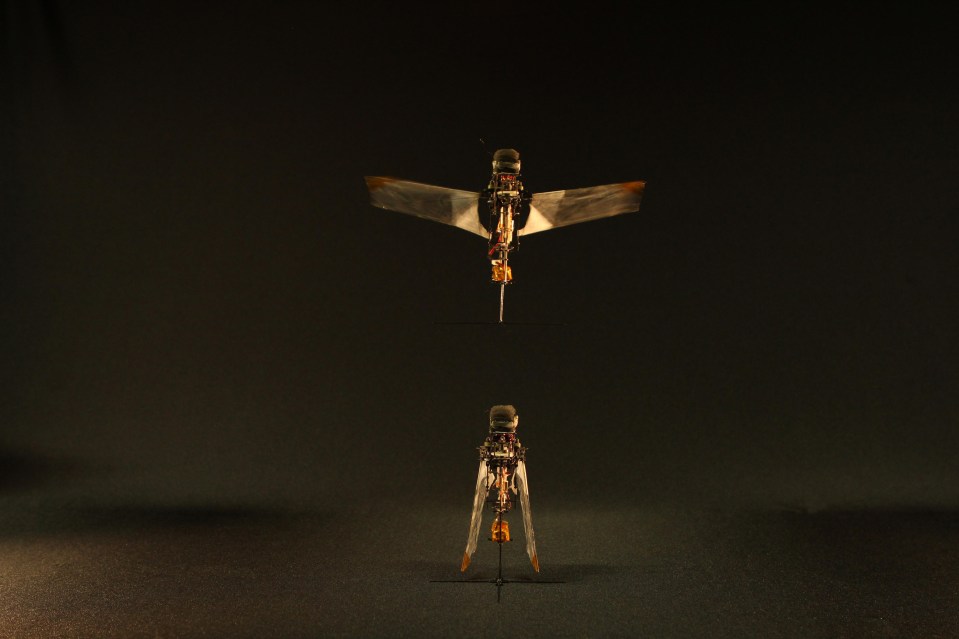Hi there, sunshine!
As you may know, in this newsletter, we’re exploring the concept of Regenerative Intelligence:
Regenerative Intelligence is the synergistic integration of natural, human, and artificial intelligence, aimed at creating sustainable, self-healing systems that contribute to the well-being of all life forms and ecosystems.
Sometimes, “regenerative” is confused with “biomimicry” (developing technology inspired by nature). The three examples I’ll share with you this week highlight the difference: Biomimicry is primarily technology-focused, drawing inspiration from nature to generate new ideas and improve efficiency, often without considering the ethical implications of these innovations. For example, Gem 2 (Beetle Robots) and Gem 3 (Virtual Rat) are examples of biomimicry. In contrast, the first Gem in this newsletter (Indigenous AI) aligns more with Regenerative Intelligence, integrating ethical considerations and sustainability.
Still, biomimicry remains relevant as it sits at the intersection of nature, technology, and human innovation. Understanding nature through mimicking its processes can contribute valuable insights.
I know this may seem like nitty-gritty to some, so let’s dive into this week’s three inspiring cases!
Gem 1: Indigenous AI
Gem 2: Beetle-inspired flapping robots effortlessly deploy and retract their wings
Gem 3: Deepmind’s virtual rat
Gem 1) Indigenous AI
Wow. I’m really inspired by this collaboration between Refik Anadol and the Yawanawá community on the “Winds of Yawanawá” project. This unique initiative blends AI, data science, and indigenous wisdom to create a mesmerizing digital art experience.
The artseries combines weather data from the Brazilian village of the indigenous Yawanawá community with the art of a young group of Yawanawá illustrators, who work in their traditional indigenous art style.
Further more, it’s part of a bigger story. There’s a relatively new movement in AI ethics: Indigenous AI. Indigenous AI explores questions such as: How can indigenous ways of knowledge acquisition and views on existence contribute to the global conversation about society and AI? How can we broaden the discussions about the role of technology in society beyond the largely culturally homogeneous research labs and startup culture of Silicon Valley?
And finally, but not least, the question:
“How can we envision a future with AI that contributes to the well-being of all people and non-people?”
Thanks to Lieven Verdin for leading me on this exploration by referring the wonderful substack newsletter from Suhair Khan about the futures of intelligence!
Gem 2) Beetle-inspired flapping robots effortlessly deploy and retract their wings

This is an inspiring case of biomimicry (developing technology inspired by nature) published in Nature on August 2024. These robots could in the future be used in limited or cluttered spaces.
”An analysis of how rhinoceros beetles deploy and retract their hindwings shows that the process is passive, requiring no muscular activity. The findings, reported in Nature this week, could help improve the design of flying micromachines.”
“Among all flying insects, beetles demonstrate the most complex wing mechanisms, involving two sets of wings: a pair of hardened forewings called elytra and a set of delicate membranous hindwings. Although extensive research exists on the origami-like folds of their wings, little is known about how they deploy and retract their hindwings. Previous research theorizes that thoracic muscles drive a beetle’s hindwing base movement, but experimental evidence to support this theory is lacking.”
Gem 3) A virtual rat
Another example of biomimicry on the cusp of natural and artificial intelligence. To explore how brains control movement, DeepMind’s researchers (part of Google/Alphabet) have developed a virtual rat powered by an artificial brain, capable of mimicking the movements of a real rat. The study revealed that the activity within this virtual network closely mirrored the neural patterns observed in the brains of actual rats performing similar actions.
While the official aim is to understand brain mechanisms behind movement, a deeper goal may be to uncover how natural neural networks organize tasks, ultimately advancing the development of an intelligent artificial brain.
That’s it for now. I hope you learned something new and I wish you the best adventures, thought-provoking questions and exciting discoveries!

 English | EN
English | EN 